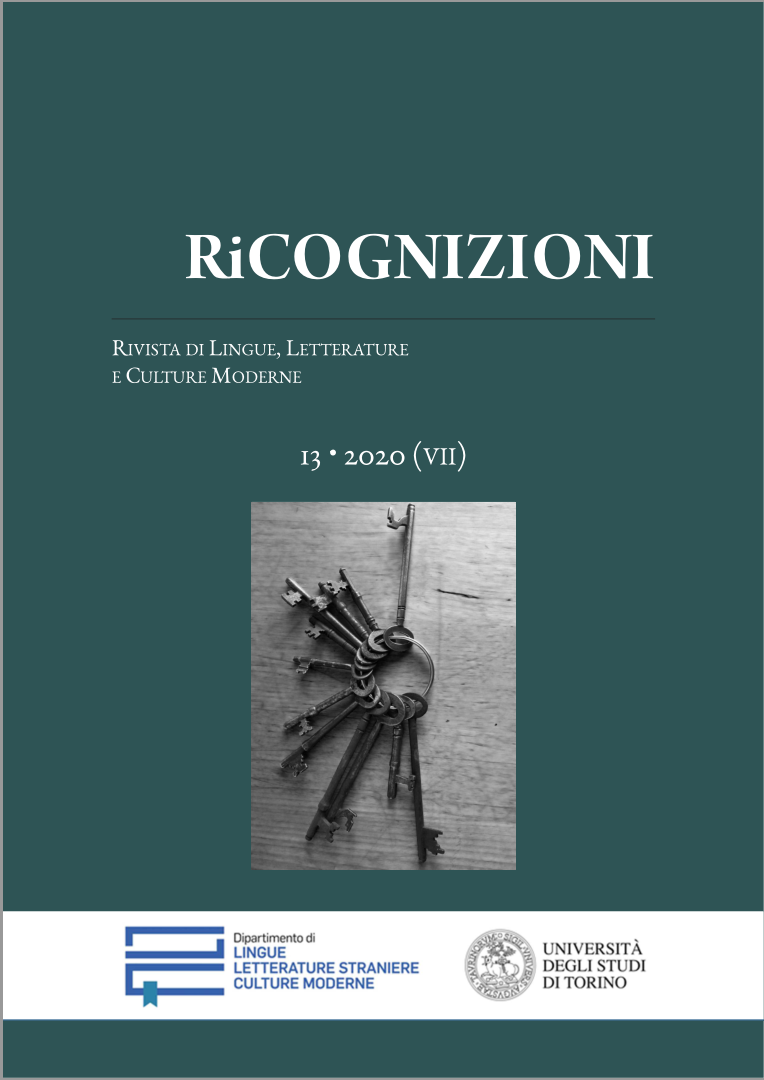An analysis of the Compostelian linguistic landscape. The centrality of the cathedral of Santiago de Compostela
Abstract
On the brink of a cultural event with the magnitude of Xacobeo 2021, this article studies the linguistic landscape of the space considered as its epicenter: the Cathedral of Santiago de Compostela and the squares surrounding it. The symbolic role of the temple throughout the centuries allows us to delve into the layers of Compostela’s past through the analysis of the marks that the actors in power left in the buildings of its squares. The centrality of the chosen areas forced us to take into consideration the material features of the texts, linked to the symbolic power of their source, as a fundamental piece to analyze the messages of the Compostelian landscape. This linguistic analysis also permits the identification of the actors and processes that currently have an impact on the city such as the religious order, touristification processes, transgressive and activist actions and community dispositions and regulations. The target of the messages (locals, students, travelers, etc.) predetermines the characteristics of the LL that hundreds of people see every day.
RiCognizioni is published under a Creative Commons Attribution 4.0 International License.
With the licence CC-BY, authors retain the copyright, allowing anyone to download, reuse, re-print, modify, distribute and/or copy their contribution. The work must be properly attributed to its author.
It is not necessary to ask further permissions both to author or journal board.











